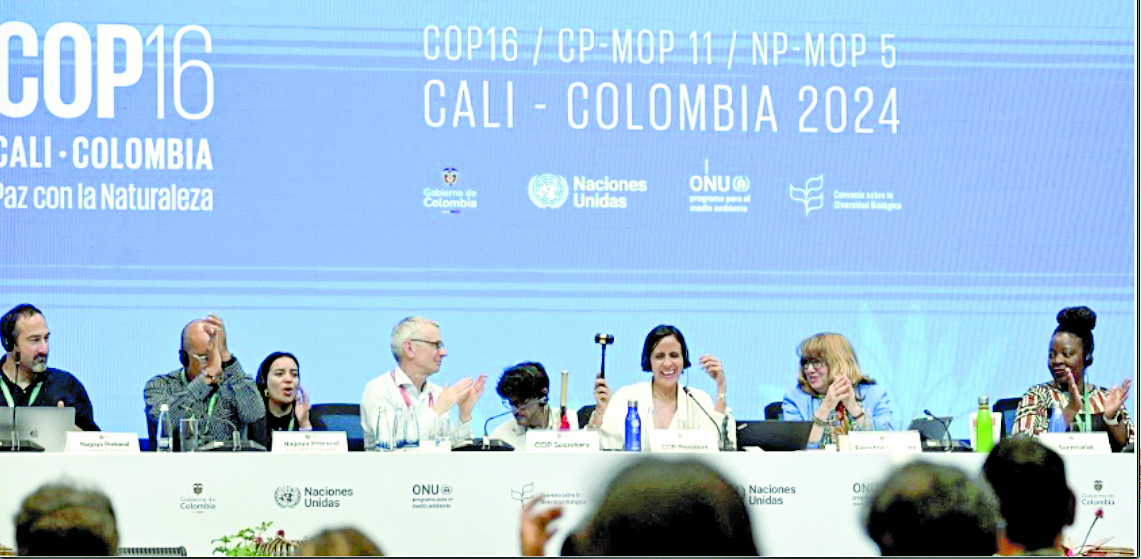Too many plastics in farming land compromises food safety

Land for growing food is highly contaminated with larger quantities of plastic pollution, posing a greater threat to food safety, people’s health and the environment, a new report by the Food and Agriculture Organisation (FAO) has warned.
Titled Assessment of agricultural plastics and their sustainability: a call for action’, the report contains some startling statistics.
For instance, agricultural value chains each year use 12.5 million tonnes of plastic products. A further 37.3 million tonnes are used in food packaging.
The crop production and livestock sectors were found to be the largest users, accounting for 10.2 million tonnes per year collectively, followed by fisheries and aquaculture with 2.1 million tonnes, and forestry with 0.2 million tonnes.
Asia was estimated to be the largest user of plastics in agricultural production, accounting for almost half of global usage. In the absence of viable alternatives, demand for plastic in agriculture is only set to increase, according to the report.
Industry experts say, for instance, global demand for greenhouse, mulching and silage films will increase by 50 percent, from 6.1 million tonnes in 2018 to 9.5 million tonnes in 2030.
Of increasing concern are microplastics, which have the potential of adversely affecting human health.
“This report serves as a call to coordinated and decisive action to facilitate good management practices and curb the disastrous use of plastics across the agricultural sectors,” FAO Deputy Director-General Maria Helena Semedo said in the report.
The report indicates plastic products greatly help agricultural productivity. Mulch films, for instance, are used to cover the soil to reduce weed growth, the need for pesticides, fertiliser and irrigation; tunnel and greenhouse films and nets protect and boost plant growth among other uses.
However, increased use of plastic has brought numerous problems to agriculture, according to the report.
The diversity of polymers and additives blended into plastics make their sorting and recycling more difficult.
Being man-made, there are few microorganisms capable of degrading polymers, meaning that once in the environment, they may fragment and remain there for decades.
Of the estimated 6.3 billion tonnes of plastics produced up to 2015, almost 80 per cent has not been disposed of properly- damaging the soil.
Recent studies have also found microplastics-those less than five milimetres in size-in human faeces and placenta. They are a risk to animal and human health.















